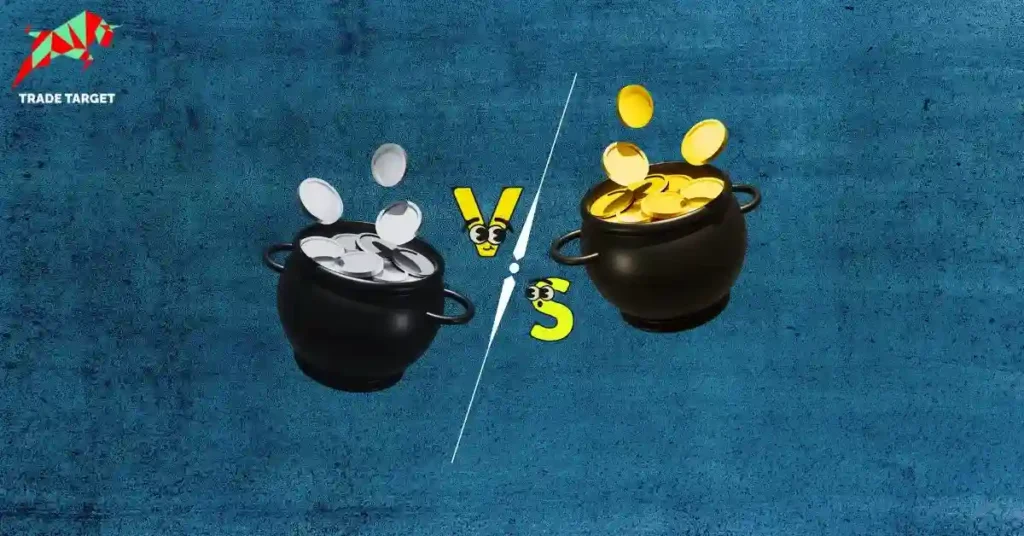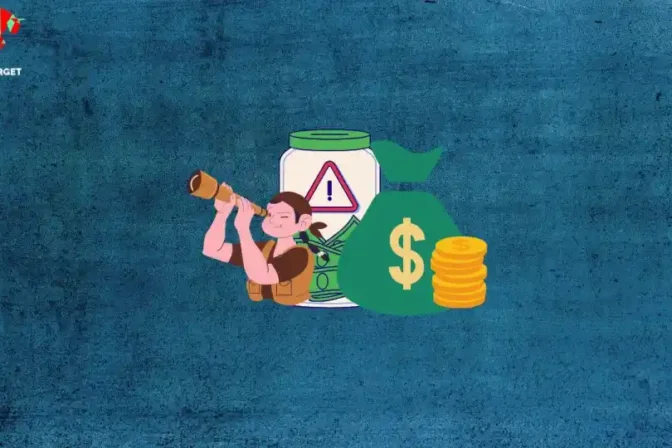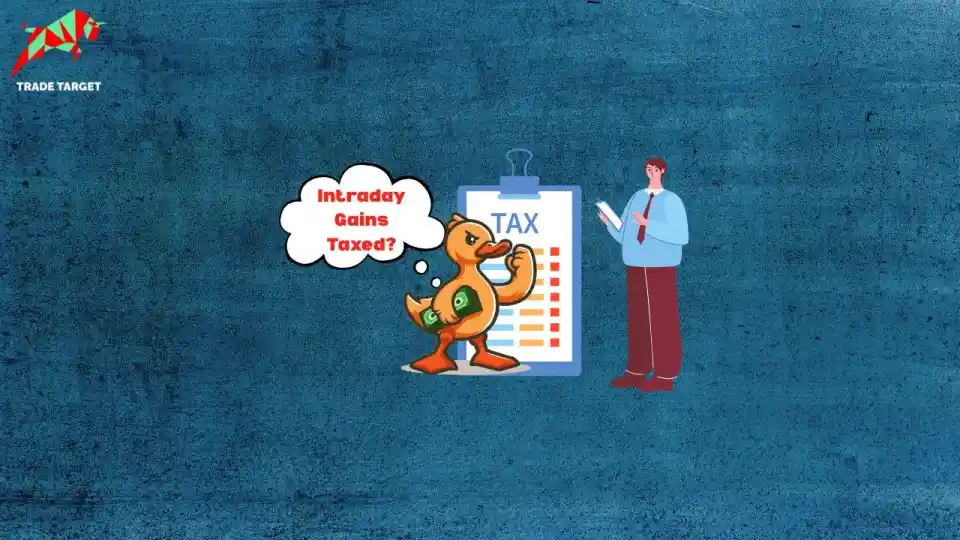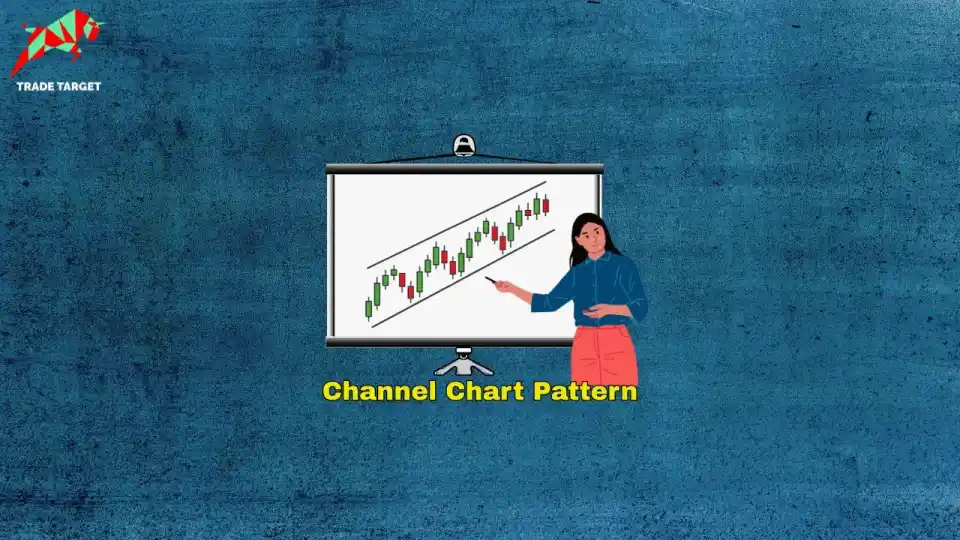Subscribe for real-time financial insights on Trade Target’s WhatsApp Channels
Choosing between silver vs gold has always been one of the toughest decisions for investors. Both are trusted precious metals and reliable hedges against inflation, yet each offers distinct advantages depending on your investment goals and risk profile.
In 2025, this debate is more relevant than ever as both gold and silver hitting record highs amid global uncertainty and rising industrial demand. For Indian investors wondering “should I invest in gold or silver in India”, it is important to compare their performance, stability, and long-term potential.
Let’s break down the gold vs silver investment outlook for 2025 and help you decide that gold vs silver – which metal is safer to hold in a volatile market.
Silver vs Gold: Historical Returns Comparison
Here’s a quick comparison of silver and gold returns.
| Category | Silver | Gold |
|---|---|---|
| 2025 Return (Oct 2024–Oct 2025) | 80% | 60% |
| 2005 to 2025 (India) | ~668% | ~1200% |
| Price (Oct 2025) | ₹190,000, 1 Kg (Highest) | ₹132,860, 10 Grams (Highest) |
| Volatility | High | Low |
| Main Drivers | Industrial demand (EVs, solar panels), supply shortage | Central bank buying, inflation hedge, safe haven |
| Long Term Role | Growth driver | Wealth preserver |
| Best For | Growth seeking investors | Conservative investors |
Silver vs Gold: Which One Is Better for Your Portfolio?
Before investing, don’t just look at past returns, always analyse the fundamentals to decide “Is Gold better than Silver?”
Consider these points before you invest in silver vs gold.
- Volatility:
Silver tends to be more volatile than gold, reacting sharply to shifts in industrial demand and market sentiment. Its price can surge quickly during economic growth or fall just as fast during downturns. Gold, in contrast, moves more steadily and remains a reliable store of value in uncertain times.
- Liquidity:
Both metals are easy to sell, but gold is more liquid. Because it’s more valuable in smaller quantities, it’s easier to trade or encash when needed. Silver, being cheaper and heavier, takes up more space and effort to store or move, though it’s still popular among small investors.
- Demand Drivers:
Gold’s demand mainly comes from jewellery, investors and central banks, which keeps it stable. Silver’s demand comes mostly from industries especially solar panels, electric vehicles (EVs) and electronics so its price depends more on economic growth and technological progress.
Around 60% of all silver mined goes into industrial use far more than gold. However, this also means that when the economy weakens, silver prices can drop faster since industrial demand slows down.
- Inflation Hedge:
Gold has long been regarded as the ultimate hedge against inflation and currency depreciation. When prices rise or uncertainty grows, investors turn to gold for safety. Silver also performs well during inflationary periods, but its returns often depend on the strength of industrial demand and broader economic activity.
- Storage:
Storing these metals is another key difference. Because of the large price gap, storing silver requires much more space and cost compared to gold. For instance, $1 million worth of silver would take up over 100 times more space than gold of the same value.
- Portfolio Fit:
If your goal is stability, capital preservation and steady long term growth, gold should form the core of your portfolio. But if you’re open to higher risk and volatility in exchange for stronger growth potential, silver deserves a meaningful share.
A balanced allocation such as 70% gold and 30% silver offers both protection and performance, combining gold’s stability with silver’s growth momentum.
1. Industrial Demand Boom: The biggest reason silver is shining in 2025 is its growing use in modern industries. Silver is a key metal in solar panels, electric vehicles, batteries and electronics, all sectors are expanding rapidly as the world moves toward clean energy and advanced technology.
2. Tight Supply: Unlike gold, nearly 70–75% of silver is produced as a by-product of mining other metals like zinc, lead and copper. This means production can’t easily increase when demand rises. As industrial demand surging, silver has entered its fifth straight year of supply deficit, pushing prices even higher.
3. Still Cheaper Than Gold: In 2025, gold to silver ratio is around 84:1, meaning one ounce of gold costs about 84 ounces of silver. That makes silver look undervalued compared to gold and many investors see it as a long term opportunity before prices potentially catch up.
4. Global Interest and Policy Shifts: Silver’s importance is now being recognised worldwide. In 2025, U.S. government added silver to its list of critical minerals, highlighting its strategic value. At the same time, countries like Russia and Saudi Arabia increased their silver holdings. Saudi Central Bank invested in major global silver funds such as iShares Silver Trust (SLV) and Global X Silver Miners ETF (SIL), signaling growing institutional confidence in silver’s long term potential.
1. Low Volatility, Steady Returns: Unlike silver, gold remains calm during market swings. Its prices don’t react sharply to short term trends, making it ideal for investors seeking stability and steady growth over time. Gold’s slow and consistent movement offers peace of mind to those who value long term financial security over quick gains.
2. Excellent Inflation Hedge: Gold has always been a trusted shield against inflation. When prices rise and currencies weaken, gold tends to hold or even increase in value. That’s why it continues to be an essential part of every long term investment portfolio, protecting wealth when other assets lose their shine.
3. Central Bank Purchasing Patterns: In 2025, central banks will have been actively buying gold to diversify their reserves and reduce risks from currency fluctuations. This trend is driven by global economic uncertainty and the need to lessen reliance on any single currency. Major buyers include People’s Bank of China, Reserve Bank of India and European Central Bank.
4. Geopolitical Factors Influencing Gold Prices: In 2025, rising geopolitical tensions and global trade conflicts are strongly influencing gold prices. As uncertainty grows, investors are moving toward safe haven assets like gold to protect their wealth. Ongoing regional disputes and fears of a global economic slowdown have further increased demand, keeping gold prices elevated worldwide.
5. Currency Devaluation Concerns
In 2025, growing concerns over currency devaluation are also pushing up gold prices. When economies struggle and currencies like the Indian rupee weaken against the US dollar, investors turn to gold as a safe store of value.
Factors to Consider When Investing in Gold or Silver
Here are a few factors you should consider when comparing silver vs gold.
- Diversification Still Matters: Even in portfolios dominated by stocks and bonds, silver and gold hold an important place. Because it moves differently from traditional financial assets, silver and gold help balance risk especially during periods of high inflation, market volatility or global uncertainty. Adding even a small portion of gold and silver can make a portfolio more balanced.
- Partial Inflation Hedge: Silver does act as a hedge against inflation, but not as consistently as gold. Its value depends heavily on industrial demand from sectors like solar energy, electronics and electric vehicles. When these industries grow, silver prices rally. But if global manufacturing slows, prices can correct just as quickly.
- Silver’s Performance Depends on the Economy: Silver’s value is closely tied to global economic growth since it’s used in industries like solar energy, EVs and electronics. When economies expand, demand rises but during slowdowns, prices can drop faster than gold.
- Silver Is More Volatile: Silver prices move much faster than gold, often swinging two to three times more in a single day. That makes it great for short term gains but riskier for conservative investors who prefer stability.
- Gold Is a Stronger Diversifier: Gold remains a more reliable portfolio diversifier. Unlike silver, it isn’t dependent on industrial demand, making it more stable during economic downturns and less correlated with stocks and bonds.
- Silver Is More Affordable: Silver is cheaper than gold, making it ideal for small or first time investors. Its low entry cost allows you to own a tangible asset without a large financial commitment.
- Risks to Watch:
- Volatility: Silver prices can move sharply in a single day due to speculative trading or changes in investor sentiment.
- Industrial Slowdown: A dip in EV or solar demand can directly reduce silver consumption and weigh on prices.
- Policy Changes: Government moves like import restrictions or GST adjustments in India can impact local silver prices and premiums.
Final Words
When it comes to silver vs gold, your choice should match your financial goals and risk level. In 2025, silver looks promising due to its rising industrial demand. It could offer higher returns, though with more short term price swings. Gold, on the other hand, remains a time tested safe haven asset that central banks and long term investors rely on for stability.
A balanced approach works best adding both silver and gold can help you capture silver’s growth potential while keeping the safety of gold in your portfolio. Understanding market trends, historical performance and how each metal reacts to inflation or global events can help you make confident investment decision.
FAQs on Silver vs Gold
How are silver and gold different?
Gold is mainly a safe haven and wealth preserver, while silver has strong industrial use in solar, EVs and electronics, making it more volatile and economically sensitive.
Which is better to buy, gold or silver?
Gold offers stability and protection during uncertainty, while silver provides higher growth potential but more risk. The choice depends on your goals, risk tolerance and investment timeline.
How much is the difference between gold and silver?
In 2025, gold to silver ratio is around 84:1, meaning one ounce of gold costs nearly 84 ounces of silver, showing silver’s relative affordability and undervaluation.
How to choose between gold and silver?
If you prefer stability, go for gold. If you’re open to short term volatility and want growth exposure from technology and energy sectors, consider silver or a mix of both.
Happy investing and thank you for reading!
Disclaimer:
This website content is only for educational purposes, not investment advice. Before making any investment, it’s important to do your own research and be fully informed. Investing in the stock market includes risks, and you should carefully read the Risk Disclosure documents before proceeding. Please remember that past performance doesn’t guarantee future results, and due to market fluctuations, your investment goals may not always be achieved.
Share via:












